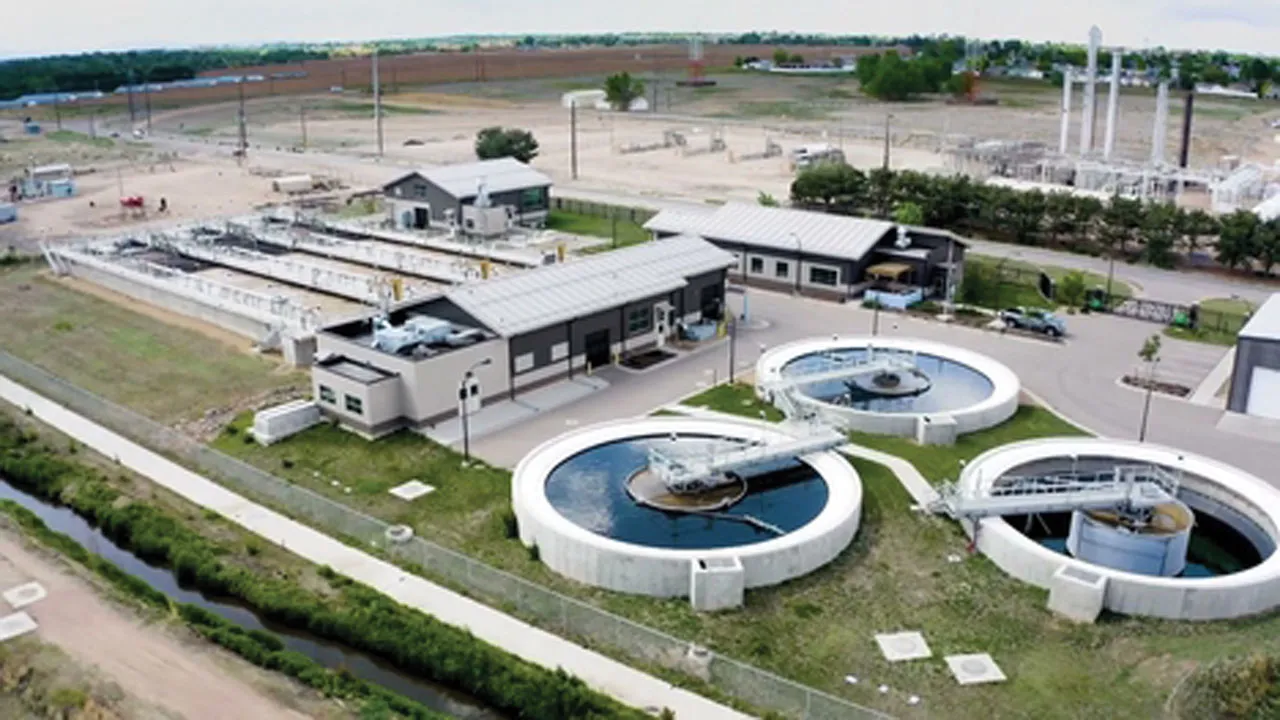Skills-based training needed for manufacturers to fill open jobs

Over the next decade, there will be about 4.5 million manufacturing jobs to fill in the United States, according data from the National Association of Manufacturers. But unless something changes, more than half of those could go unfilled.
In an effort to head off that impending labor shortage, leaders in the manufacturing industry are calling for a new approach to workforce training that emphasizes the technical skills employers are looking for.
“It’s very obvious when we have 2.5 million jobs that could go unfilled, we need to start aligning our curriculum with the needs…
THIS ARTICLE IS FOR SUBSCRIBERS ONLY
Continue reading for less than $3 per week!
Get a month of award-winning local business news, trends and insights
Access award-winning content today!





